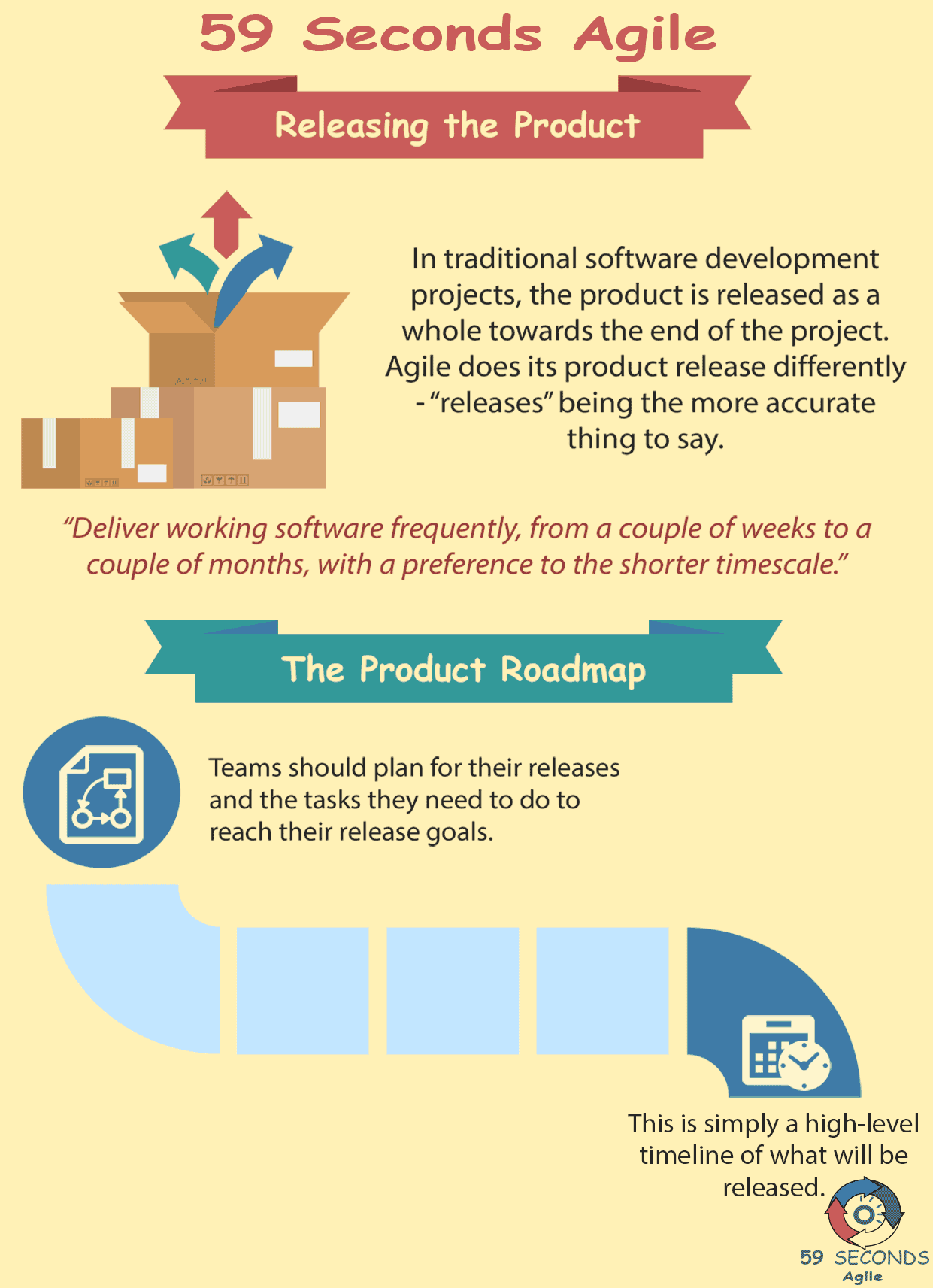
Releasing The Product For Product Owners
Agile Scrum has three primary roles – a product owner, scrum master and scrum team members (developers, testers, configurators, and engineers for example). The Product Owner is the Voice of the Customer (VOC). This voice represents the interests of the stakeholders, ensuring that what is delivered is done so in priority order. The end goal is that the product fulfills the Definition of Done (DoD). Unlike a traditional waterfall project where all deliverables are met at the end of the project, Agile Scrum delivers value incrementally. To meet the incremental value of an agile scrum project, the product owner is responsible for:
Defining the feature set that makes up the working deliverables
Prioritization of the feature set and
Release Management and Communication planning of the feature set.
Defining the feature set
Feature driven development is a benefit of Agile delivery. Features are small, user-focused and defined increments of value that are then turned into specific tasks for delivery. Feature sets are bundles of similar features that are generally delivered within the same sprint. Before getting to the definition of a feature set, the product owner is responsible for translating the project vision and scope into a product backlog.

The product backlog contains a list of feature requirements. The requirements are written as epics which can be equated with categories. Through subsequent refining, epics are broken into manageable sizes with user story syntax. The product owner will be responsible for refining the backlog throughout the life of the project to ensure that the user stories are well defined are correctly prioritized. As user stories are defined it is important to evaluate whether a feature adds value to the end project, is a nice to have or is a dependency that will minimize technical debt. Nice to haves are usually prioritized lower in the backlog because there is not a direct correlation with incremental value to the business owner.
Features will evolve over the life of a project. This is where refinement at multiple stages is important for the product owner. There may be a realization that a user story is too large to deliver in one sprint. In this case, that user story should be broken into smaller increments. The value of the feature is maintained by releases that are immediately usable. As a project progresses, Agile’s inspect and adapt model, makes it feasible to re-evaluate features and determine those that may no longer be required. Scope definition is flexible and can be adjusted to meet the needs of the market and learnings from earlier sprint deliveries. The product owner will group updated user stories into feature sets for effective release management.
Our Favourite Agile Books
We found these books great for finding out more information on Agile Scrum:
Prioritization of the Feature Set
Agile projects align around the concept of a Minimal Viable Product (MVP). The MVP are those features broken into user stories that will deliver the minimum value to a client. Minimum value focuses on the must-haves and categories down to want to have this product feature. Want have features are features that may be considered in future projects. Want to haves are not removed from the backlog but, archived for later consideration. Using the MosCoW approach, features can be ranked as:
Must Haves
Should have
Could haves and
Want to have.
Will not have
While the product owner is responsible for prioritization of the feature set, this individual does not solely make the decisions. The product owner must communicate with the primary stakeholder to understand if there are market pressures for release of features.

